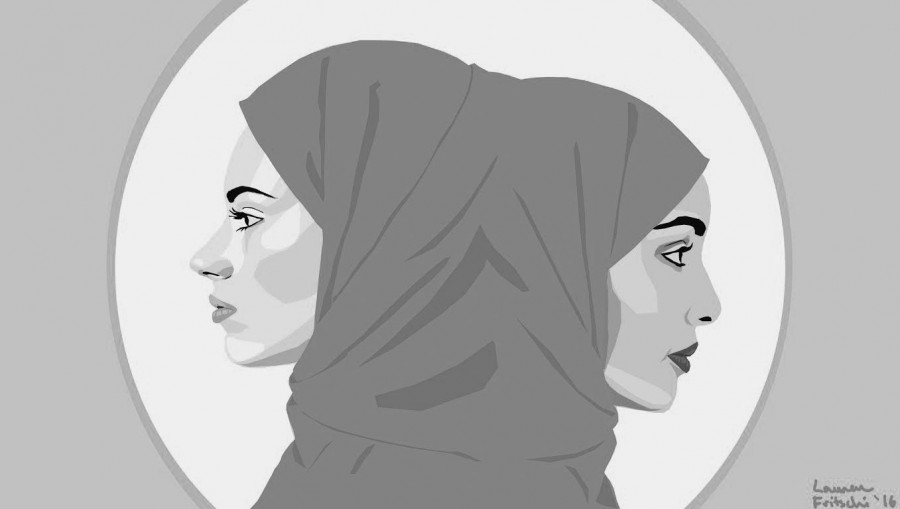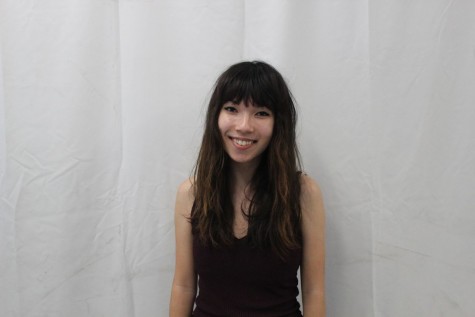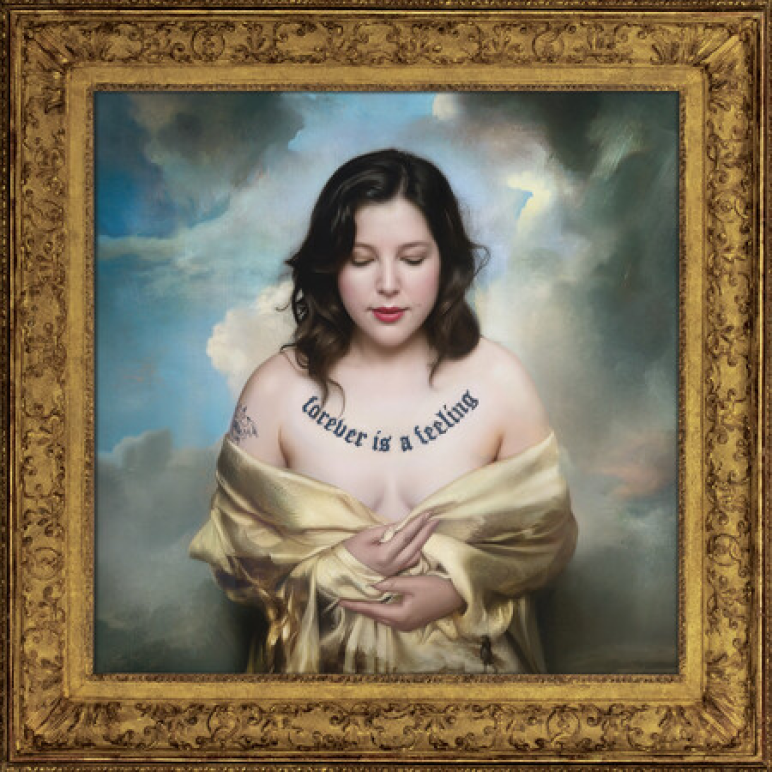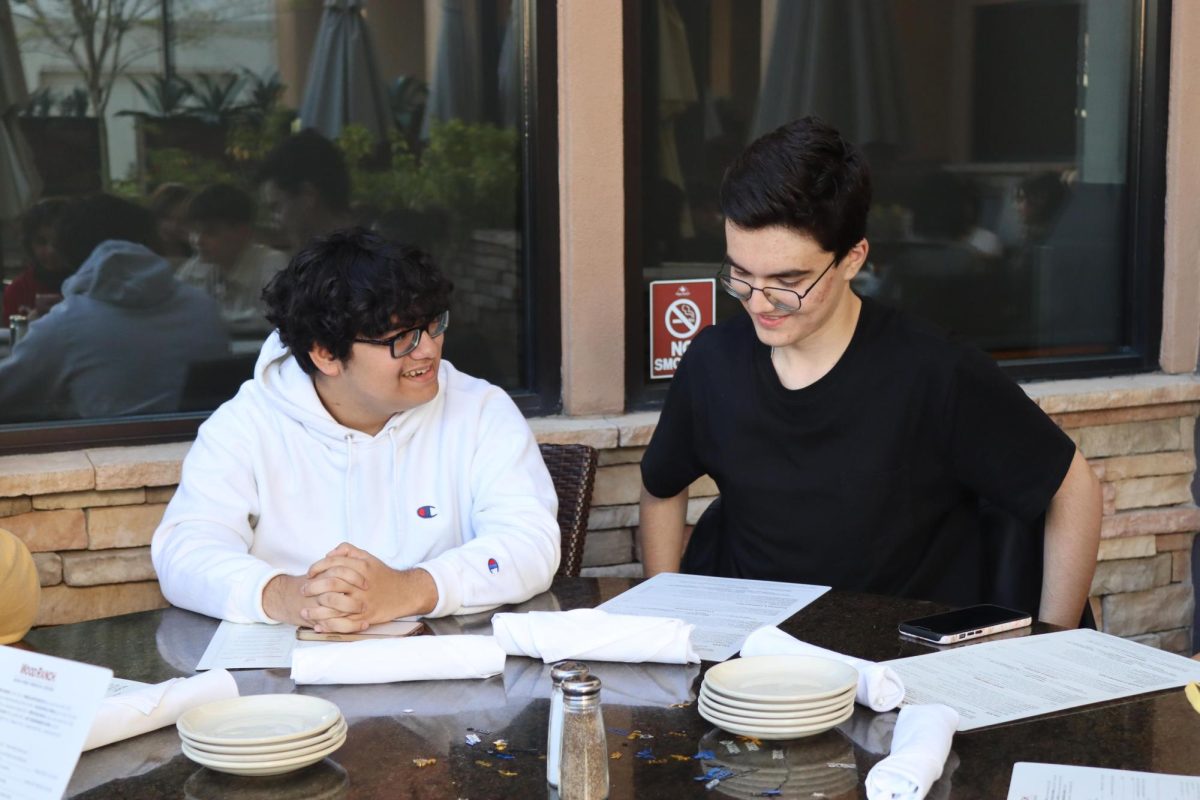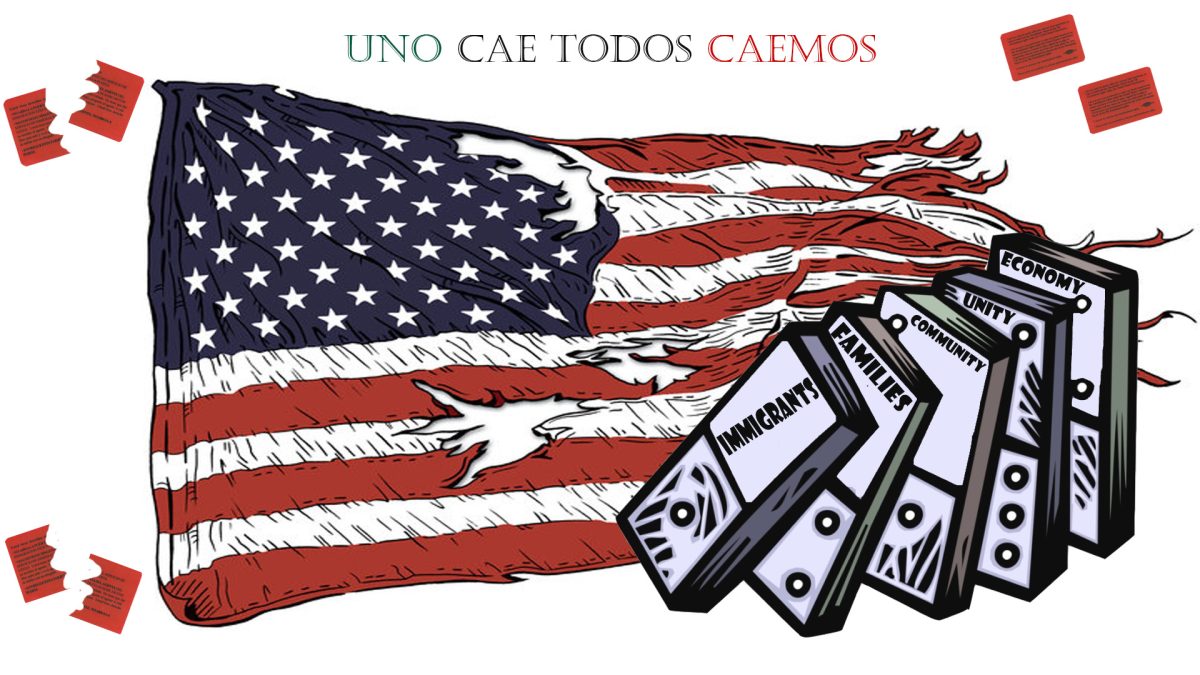Fashion industry begins the acceptance of hijabis
February 11, 2016
Cartoon by Lauren Fritschi
By the means of a modern, yet modest aesthetic, Dolce & Gabbana is helping to bring fashion for abaya and hijab-wearing Muslims into the light. There has been plenty of mixed feedback in response to the Italian fashion line’s new collection of hijabs and abayas, announced in early January.
It is not the first to ever make a collection of hijabs and abayas, however there have never been designers that are so well known with that type of collection.
I think that it is a step in the right direction that such a well-known line is releasing this collection during a time where there is a large amount of discrimination against Muslims. However, it would be nice to have more representation for the smaller, Muslim-run business in order to support their efforts.
Yet, there are many who are rightfully bothered by the fact that advertisements for Dolce & Gabbana’s new collection only features a Caucasian model, expressing that it implies that profit is the main reason for a Muslim-centric fashion collection. People argue that the lack of representation indicates laziness and an apathetic attitude towards actually contributing to a change in how society views hijabs and abayas and the people who wear them.
“…the ads weren’t really a break from the status quo of women in fashion…” said Amani Alkhat, founder of MuslimGirl.net, in an interview for Cosmopolitan. “There’s a lot of potential for D&G to shatter glass ceilings by pulling more Muslim women into this campaign, which would really shift it from seeming like corporate opportunism to genuinely being about women’s empowerment”
Those who share the sentiments of Alkhat are justified in feeling that way. There are hardly any Muslim models in major fashion industries. It’s easy to be jaded when representation is minimal and everybody seems to be doing things for the recognition or money.
According to Fusion.net, “Muslims [are the] second largest religion in the world after Christianity… [and are] are projected to spend a massive $484 billion on clothing and footwear by 2019.”
Despite this, there are limited clothing choices for those who wear hijabs and abayas.
In an unusual move, leading retail clothing company H&M recently hired their first ever Muslim model, Mariah Idrissi, to bring diversity to the table. The fact that it was considered a bold move is disappointing, yet still shows advancement in the right direction that will hopefully inspire many other major fashion lines to follow suit.
I think that what Dolce & Gabbana is doing can lead to more acceptance and resources for Muslims or anyone who wears hijabs and abayas, but there needs to be more diversity when considering who will model for Muslim-centric fashion collections.
By having Muslim models instead of white models as the face for these collections, it is then not only about having pretty hijabs and abayas but also about acceptance and the embracing of a culture.


